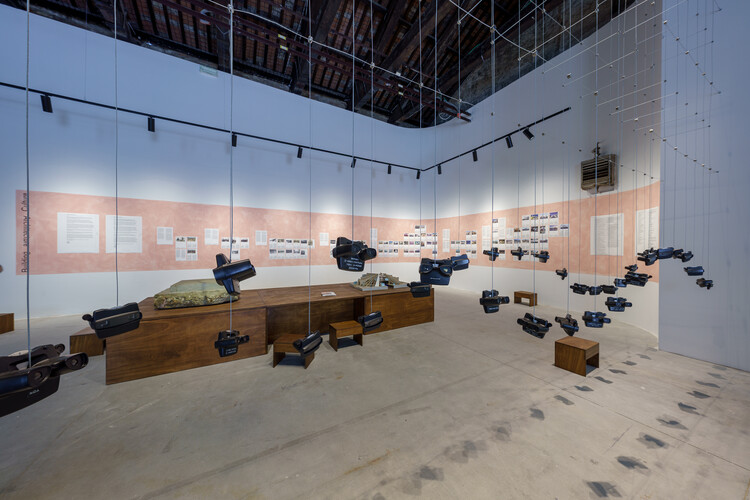 Albanian Pavilion, 2025 Venice Biennale. Image © Andrea Avezzù with Courtesy of La Biennale di Venezia
Albanian Pavilion, 2025 Venice Biennale. Image © Andrea Avezzù with Courtesy of La Biennale di Venezia
Share
Share
Or
https://www.archdaily.com/1033065/albania-pavilion-explores-the-intersections-of-architecture-history-and-identity-at-the-2025-venice-biennale
Curated by Anneke Abhelakh, the Albania Pavilion at the 2025 Venice Architecture Biennale, titled “Building Architecture Culture”, explores how the country’s architecture embodies its political, cultural, and social transformations. Albania‘s built environment reflects a layered history, from Ottoman and Italian rule to communist isolation and post-socialist transformation, each leaving visible marks on its cities and public spaces. The pavilion examines how architecture both responds to and shapes collective memory, public space, and civic engagement, framing these questions through past, present, and future perspectives.
The exhibition unfolds across three interconnected narratives. The first explores the historical backdrop through two key sites in Tirana. Skanderbeg Square, long a stage for political authority, has undergone multiple spatial and symbolic transformations under different regimes, from its Austro-Hungarian and Italian incarnations to its monumental expansion during communist rule. Its 2017 redesign by 51N4E pedestrianized the area with locally sourced materials and green zones, shifting its role from a space of state power to one of public engagement. The Pyramid of Tirana, built in 1988 to honor dictator Enver Hoxha, has similarly transformed from a symbol of authoritarianism into a youth and technology center designed by MVRDV, preserving its concrete shell while opening it to the city as a site for learning and creativity. Together, these sites illustrate how architecture in Albania navigates a complex past while projecting new civic possibilities.
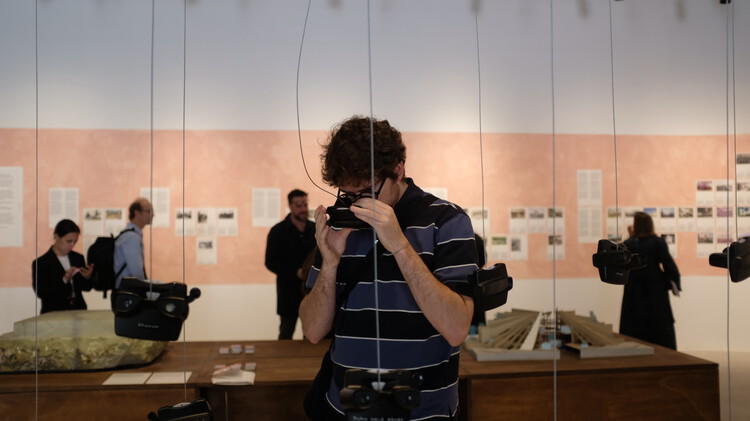 Albanian Pavilion, 2025 Venice Biennale. Image © Marina Rodrigues / OODA
Albanian Pavilion, 2025 Venice Biennale. Image © Marina Rodrigues / OODA
The present is captured through The Albanian Calls, a feature-length video essay by Anneke Abhelakh and Konstanty Konopinski. Originating from research for The Albanian Files, the film weaves together Zoom conversations with over 30 international architects working in Albania, reflecting on the opportunities and challenges of practicing in this distinct cultural and political context. Interspersed with archival footage from the Albanian National Film Archive, the work examines the agency of architects, the interplay between public and private space, and the role of architecture in shaping a contemporary national identity.
Related Article From Acapulco to Copenhagen: 8 Projects Exhibited at the Venice Biennale 2025 Reclaiming Existing Architecture for Regenerative Cities 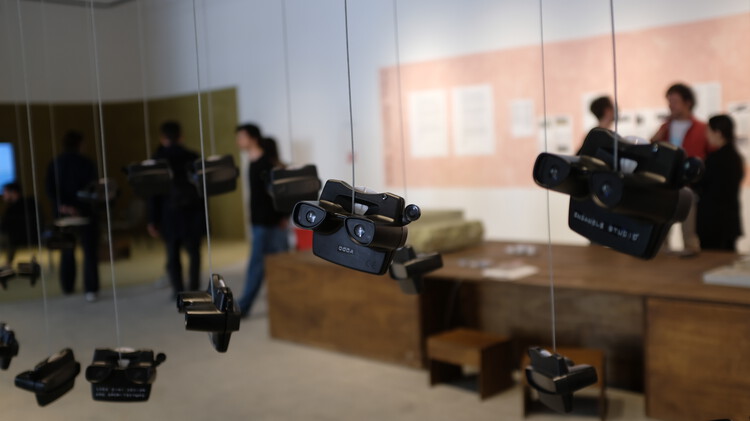 Albanian Pavilion, 2025 Venice Biennale. Image © Marina Rodrigues / OODA
Albanian Pavilion, 2025 Venice Biennale. Image © Marina Rodrigues / OODA
The third section looks toward the future through a projective lens, showcasing architectural proposals from 56 offices that have engaged with Albania‘s urban and territorial landscape. Presented through stereoscopic viewers, these works trace a lineage back to early collaborations between Tirana‘s municipal government and the Berlage Institute in the 2000s, guided by the intellectual influence of Elia Zenghelis. Practices such as Álvaro Siza, Aires Mateus, BIG, Herzog & de Meuron, MVRDV, OMA, OODA, and Casanova+Hernandez are among the contributors, offering perspectives that span local and international approaches. Rooted in speculative urbanism and political awareness, these projects position architecture as both a formal and ideological act.
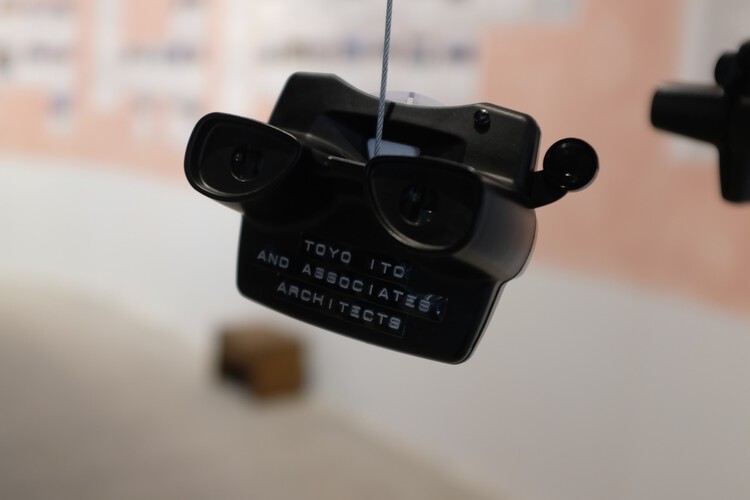 Albanian Pavilion, 2025 Venice Biennale. Image © Marina Rodrigues / OODA
Albanian Pavilion, 2025 Venice Biennale. Image © Marina Rodrigues / OODA
Alongside the exhibition, the pavilion hosts a public program. Through podcasts and discussions, it extends the Biennale’s conversations to broader audiences, addressing themes such as professional agency, the meaning of freedom in post-dictatorial society, and the evolving role of local and foreign architects in Albania. By situating architecture within its political, historical, and cultural frameworks, the pavilion offers both a critical reflection on the country’s past and a space for envisioning its architectural future.
Open to visitors until November 23, the 2025 Venice Architecture Biennale features over 300 contributions from more than 750 participants, alongside 65 national pavilions. Romania’s “HUMAN SCALE” examines architectural drawing as a medium that integrates conceptual, technological, artistic, historical, and emotional intelligence. Poland’s “Lares and Penates” reflects on architecture as a form of protection in an age of uncertainty. Mexico’s “Chinampa Veneta” addresses the global ecological crisis by revisiting chinampas as a model for rethinking how we inhabit and cultivate our shared world.
We invite you to check out ArchDaily’s comprehensive coverage of the 2025 Venice Biennale.
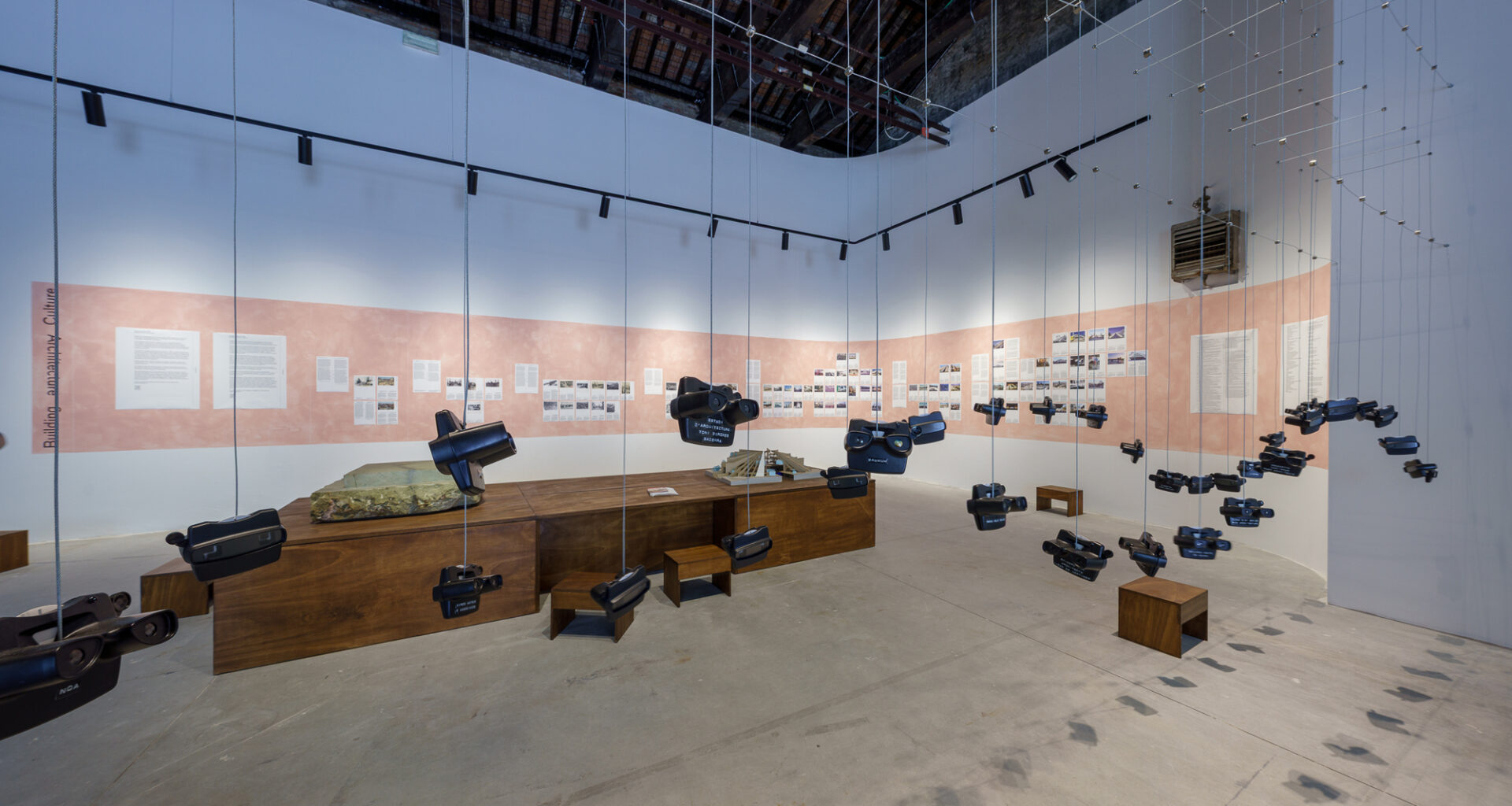




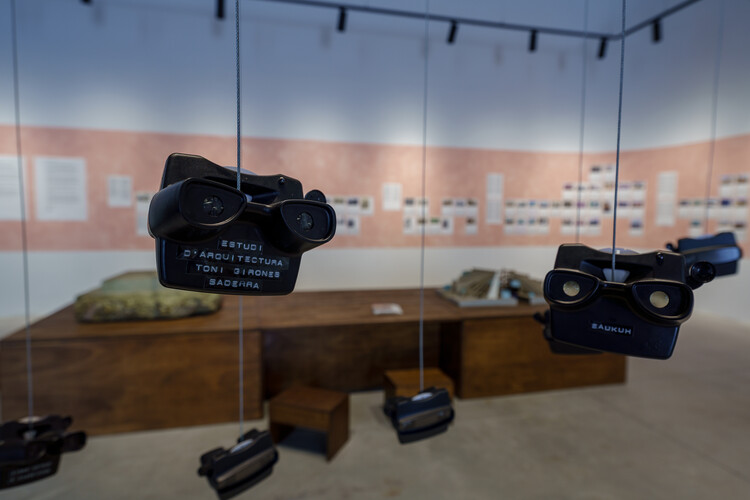 Albanian Pavilion, 2025 Venice Biennale. Image © Andrea Avezzù with Courtesy of La Biennale di Venezia
Albanian Pavilion, 2025 Venice Biennale. Image © Andrea Avezzù with Courtesy of La Biennale di Venezia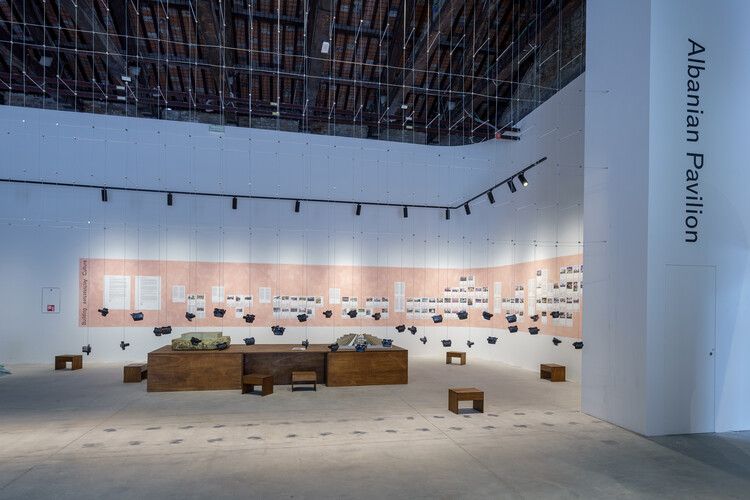 Albanian Pavilion, 2025 Venice Biennale. Image © Andrea Avezzù with Courtesy of La Biennale di Venezia
Albanian Pavilion, 2025 Venice Biennale. Image © Andrea Avezzù with Courtesy of La Biennale di Venezia